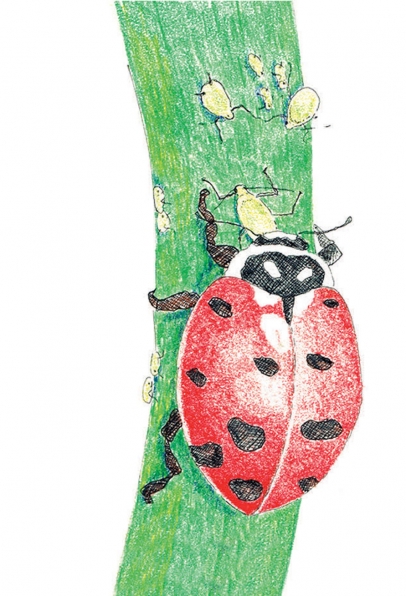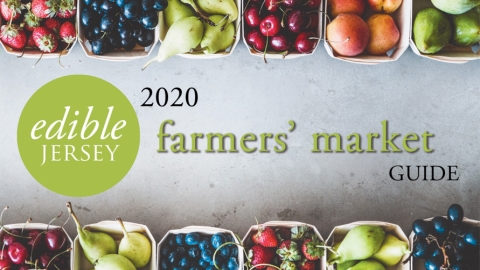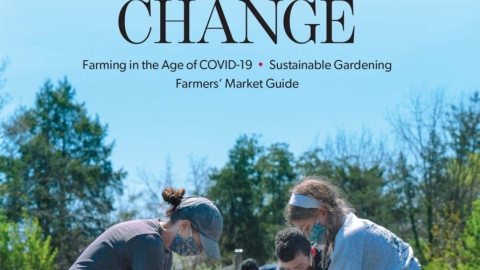The Importance of Insects
Remember when our incandescent back porch lights had zillions of bugs flying around them at night? Not so much today; there are 45% fewer insects globally than there were in 1979. Fewer bugs may seem like a good thing, but insects pretty much help us run the world. They are the unsung heroes of pest control, organic matter decomposition and pollination, which keeps our world beautifully vegetated. We need not only to accept insects, but to also invite them into our gardens.
Native bees, sphinx moths, midge flies, spiders and beetles—92% of all insects are beneficial. Yes, only 8% are nuisances; lice and bed bugs come to mind. Even mosquitos serve as food for other species. “If we were to wipe out insects alone on this planet, the rest of life and humanity with it would mostly disappear from the land,” wrote prominent biologist E.O. Wilson. “Within a few months.”
Insects pollinate 90% of our food crops. As a beekeeper, I know the majority of our pollination isn’t done by my Italian honeybees, but rather by a much less sexy army of bumblebees, wasps, ladybugs and lacewings. And we depend on these six-legged creatures for more than food. Without pollinators, we would not have most of our trees. Trees produce the air we breathe, and clean it, too. Simply put, no insects means no trees and no humans.
Insects need plants that provide nectar and pollen for their food, and a hospitable environment where their pupae can develop. An edible leaf makes a great nursery for most immature bugs, but some insects are picky about the plants they choose. Monarch butterflies only lay their eggs on milkweed plants, which then provide food for their newly hatched young. These relationships evolved over millions of years and aren’t easy to change. The fact that monarchs are so dazzling has helped rally us to their cause. If the dung beetle were the mascot of species loss, it would be much harder to get people to care.
One of the biggest factors for insect decline is insecticides and pesticides. This has an easy solution: Quit using them!
But some insects are threatened by habitat fragmentation. Their once large habitats have been broken up by development, which interrupts the few wild areas in our suburban towns. With sources of food and nectar few and far between, insect populations may drop dramatically over time and eventually die out.
What if every homeowner turned a small portion of their yard into a native plant garden? We could conceivably connect these smaller habitats together to form larger areas that would be more attractive to insects. Try planting useful native species in your garden, like goldenrod, perennial sunflowers, asters and native willows. Think of your yard as a mini-ecosystem, and do what you can to enhance it. If you get your neighbors to do the same, we are talking real, positive change. Now is a great time to plant, and our local nurseries are carrying a lot more native plants these days.
Douglas Tallamy, in his recent book, Nature’s Best Hope, calls this concept “Home Grown National Parks.” There are not enough conserved lands to support all the insects we need, but with 75 million suburban homes in the United States, imagine what would happen if every homeowner gave just a few square yards to help.
We need a new approach. Planting more native species is a good place to start.

NJ NATIVE PLANTS
PERENNIALS
Asclepias incarnate
Asclepias tuberosa
Geranium maculatum
Iris versicolor
Liatris spicata
Monarda didyma
Monarda fistulosa
Pycnanthemum incanum
Solidago speciose
Symphyotrichum novae-angliae
Swamp milkweed
Butterfly milkweed
Spotted geranium
Blueflag
Blazing star
Scarlet beebalm
Wild bergamot
Mountain mint
Goldenrod
New England aster
GRASSES
Panicum
Schizachyrium scoparium
Switchgrass
Little bluestem
TREES & SHRUBS
Aesculus parviflora
Betula nigra
Cercis Canadensis
Juniperus virginiana
Lindera benzoin
Oxydendrum arboretum
Quercus alba
Viburnum prunifolium
Bottlebrush buckeye
River birch
Redbud
Eastern red cedar
Northern spicebush
Sourwood
White oak
Blackhaw viburnum
For a complete list of New Jersey natives, visit the Native Plant Society of New Jersey’s website (npsnj.org), and become a member! The North American Butterfly Association has a lot of great information for butterfly gardening at nababutterfly.com. —C. Huber








